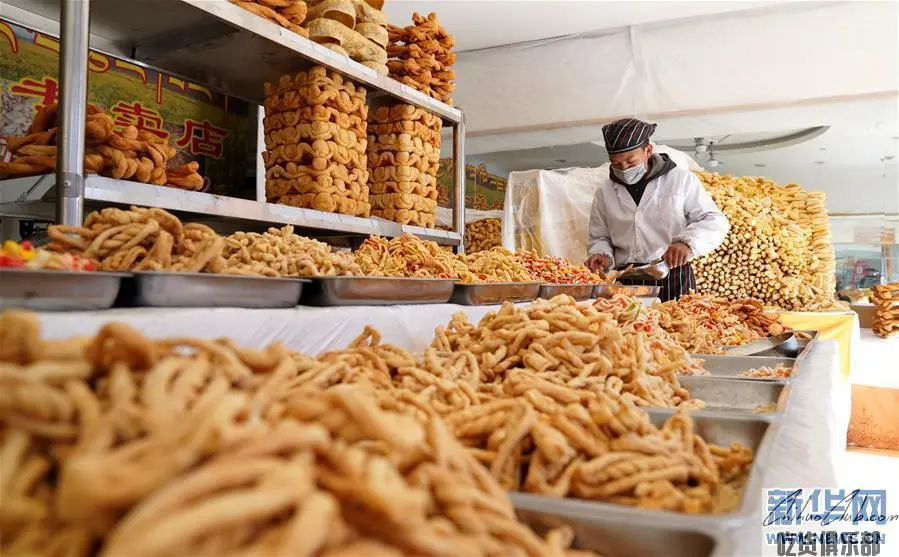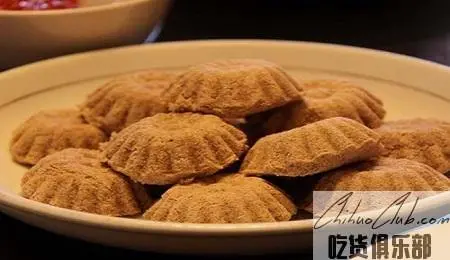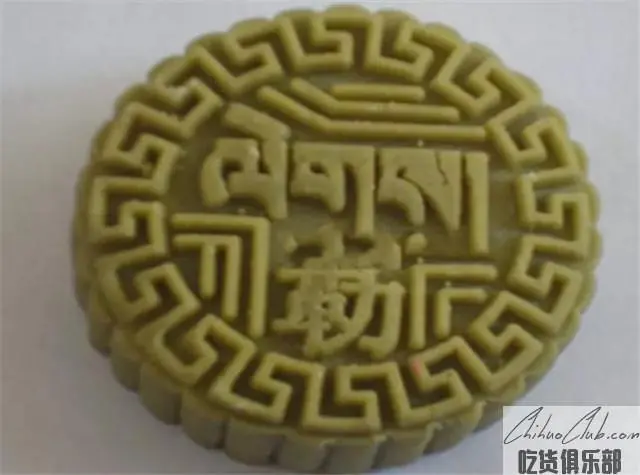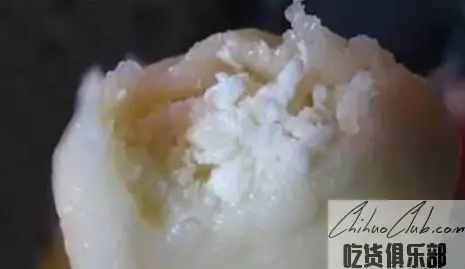lasashi snacks

How intimate is the intimate cake on foot? I am afraid I have to know only if I have eaten it. In fact, it is an innovative and improved barley cake. On the basis of the original, it has added local ingredients such as milk residue and honey. On the Sichuan-Tibet high road, you can often see devout pilgrims. When you are tired, you will camp on the side of the road to cook and cook a pot of butter tea. When you eat, put the clams in a bowl, pour the butter tea, stir by hand. Evenly pinching into a dumpling, this is the best energy supply on the long road. Nowadays, there are more and more people walking in Tibet. The walking sweet cake made of clams and milk residue and honey is easy to carry and the taste is very good. The most important thing is that the shelf life is very long, put it for ten days and a half. The moon will not be bad, it is a good helper for hiking.

"Ancient" is nine, here refers to twenty-nine, "sudden" that is, the sudden, is a kind of noodle. The Tibetan twelfth lunar month ate twenty-nine to eat the old to show the old welcome. There are stones, peppers, wool, charcoal and coins in the group, which represent "hard heart", "knife mouth", "heart soft", "black heart", "big money". Those who ate these things should spit them out immediately, causing everyone to laugh and add a festive atmosphere to New Year's Eve.
rou.webp)
Air-dried beef and mutton is a very special kind of Tibetan food. After drying, the meat is crispy and the taste is very unique, which makes the taste of the eater. The Tibetans cut the beef and mutton into small pieces, or used bamboo baskets to hang in the shade of the house and under the eaves. After the second year of March, the meat that had already been dried was taken for roasting or direct raw food, chewed. There is no slag plug. In the alpine region of Tibet, the food is not easy to be mildewed and deteriorated, and the water is kept fresh. Therefore, the wind of eating dried beef is still very popular today. Tibet's most famous dry meat is produced at the edge of Yamdrok Lake. It is called "Yangzhuoyusu", the butter is clean and moisturized, and then the chili salt powder is eaten. Once you eat it, it will make you unforgettable.

Kasai (sè) is a kind of fried noodles, a dim sum for Tibetans, and one of the must-have items for the Tibetan New Year.

"糌粑" is the Tibetan name after the green scallions are fried and fried into noodles. As a traditional Tibetan food, it is an indispensable staple food for the Tibetan people. On the holidays, the hostess of the Tibetan family will bring out the white sputum, plus the golden ghee extracted from the milk, after a thorough simmering, add the appropriate amount of milk and sugar, a unique flavor The milk cake is basically formed. Finally, garnish with ghee and sprinkle with brown sugar, and the small milk cake will overflow the traditional Chinese New Year.

The Tibetan blood sausage is one of the local specialties of the Tibetan autonomous region. The Tibetan blood sausage is actually one of the sausages we know well. However, the difference is that it is filled with not only fresh meat, but also more animal blood, hence the name blood sausage. The farmers and herdsmen in the Tibetan area have one sheep per slaughter. The sheep's blood is not cooked separately, but is poured into the small intestine and cooked. It is edible, has the characteristics of not breaking, not slag, not peeling, the taste is soft and tender, not greasy and not firewood.

Mason is a dish made with zan ba, ghee, supplemented with brown sugar, milk residue and water. In the past, it was a court pastry, and now it can be eaten in the streets and alleys. There are special Tibetan restaurants. When you eat, you need to cut into small pieces.

As the name suggests, the milky buns are made with milk residue. What is milk residue? This is to start with the way the Tibetans refine their milk. Fresh boiled milk is boiled and decomposed by Tibetans in a traditional and unique way. The most precious and essential is ghee, followed by milk residue, which is the residue left after the ghee is refined. The fresh milk is sour and white that it can be used to make it, and the milky buns come from it.